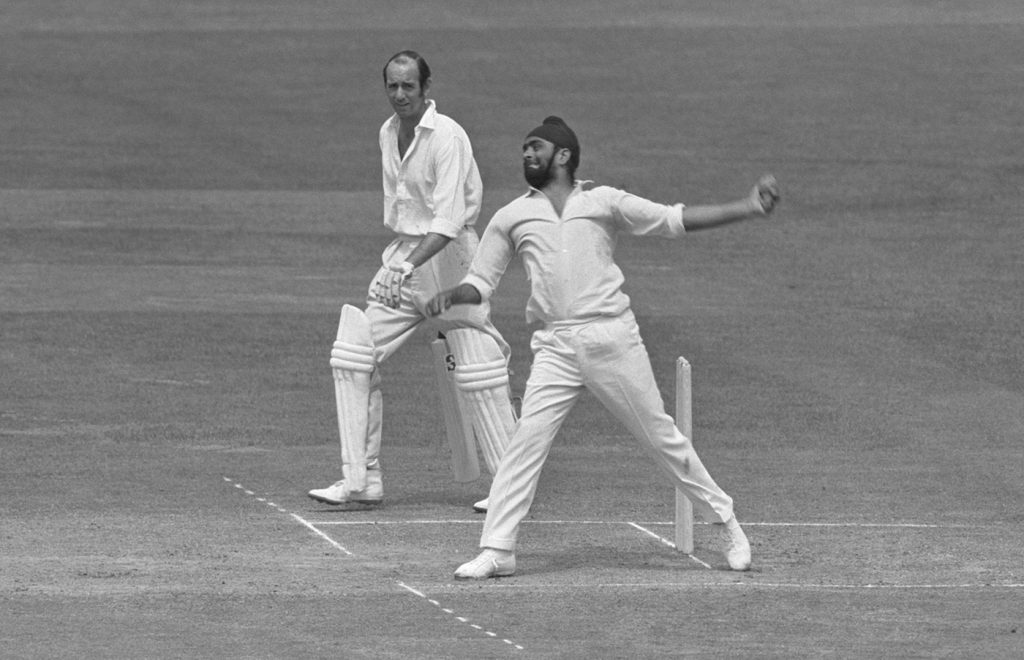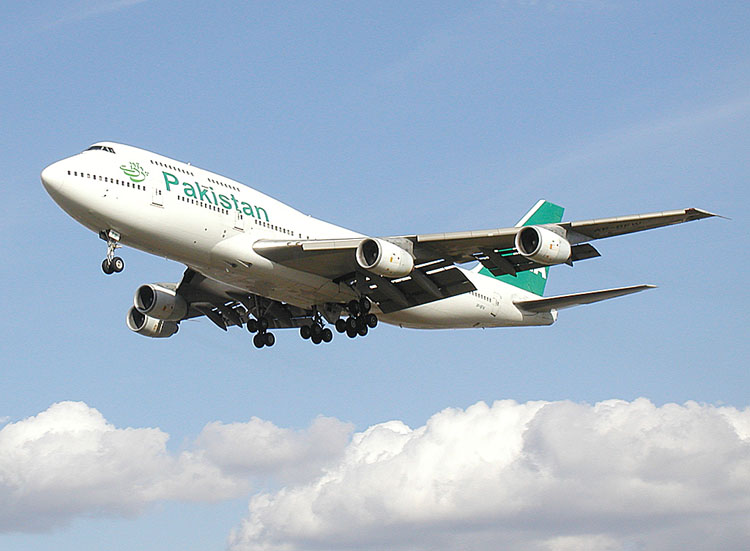Of Cricket, Airplanes and Lotas

In the year 1700, a genius kind of a fellow named Daniel Bernoulli was born in the city of Goringen in the Netherlands. Brilliance was in his genes and his whole family was very smart. Daniel studied business and then medicine at the wish of his father but mathematics remained his first love. Daniel Bernoulli is best known for a principle called the Bernoulli’s Principle which states that when the velocity of a fluid increases, the pressure decreases simultaneously.
Big deal, some would say. But the fact is that this principle is behind the working of objects as disparate as a spinning and swinging cricket ball, an airplane and even the humble lota.
Given our country’s cricket mania, let us examine the cricket ball first. In spin bowling there is this deceptive flighted delivery that beats the batsman in the air. What happens is that the trajectory of the ball as predicted by the batsman gently changes leaving the batsman swinging at a ball that is not quite there and getting out by getting a touch or being stumped if he has stepped out too far. The great Indian spinner Bhishen Singh Bedi was a great practitioner of this deception. Bedi was no relative of Bernoulli but unknowingly he was putting the famous principle in action. Such a ball is launched with a clockwise spin on it. The spin accelerates the velocity of the air above the ball and thus reduces the pressure on the top. Since the pressure at the bottom of the ball becomes higher that the pressure at the top, the ball lifts gently as it travels toward the batsman thus deceiving him. The same phenomenon is observed when a tennis player hits a ball that is below the height of the net but the ball sails over the net. In tennis parlance the payer hit the ball with a top spin.

Ok, but cricket is just a game and airplanes are serious business. What has this fellow Bernoulli got to do with flight? Everything, actually! Notice the wing of a plane: it is slightly thicker and rounded at the leading edge. As the plane is hurtling on the runway for take-off the wind is rushing over the wings. However, since the same amount of wind has to fly over the top of the wing and the bottom of the wing, it has to speed up at the top to make up for the extra thickness there. This, as in the case of the spinning cricket ball, decreases the pressure at the top of the wind thus resulting in an upward force that lifts the plane off the ground and later keeps it afloat. But why is the edge of the wing curved so smoothly? That is simply because Bernoulli’s principle is valid only if the flow is smooth or “streamlined” so that there is no loss of energy due to turbulent flow.
Now here comes the kicker. What possible connection can there be between the high and mighty science behind Bernoulli’s principle and the humblest of the humble object like the lota? Bernoulli may never have used this device but if his principle is not well understood by the designer of a lota it can has very negative consequences for the user. The lota is able to eject the water through the spout at a high velocity (and to some distance) because the stem of the spout is larger than the end. As the water passes through the tapered spout it has to speed up to take into account that the end has a smaller area. Now if the spout does not have sufficient taper the water will not accelerate enough and will flow out before the intended target.
The readers of this article are required to answer the following questions to verify that they understood it:
- Which spinner had the best flighted delivery?
- Do PIA planes follow Bernoulli’s Principle?
- Why is a Lota more reliable than a Muslim Shower?
- Are the lotas of the Parliament the same as the lotas in common households?
The writer is an engineer by training and a social scientist by inclination.



